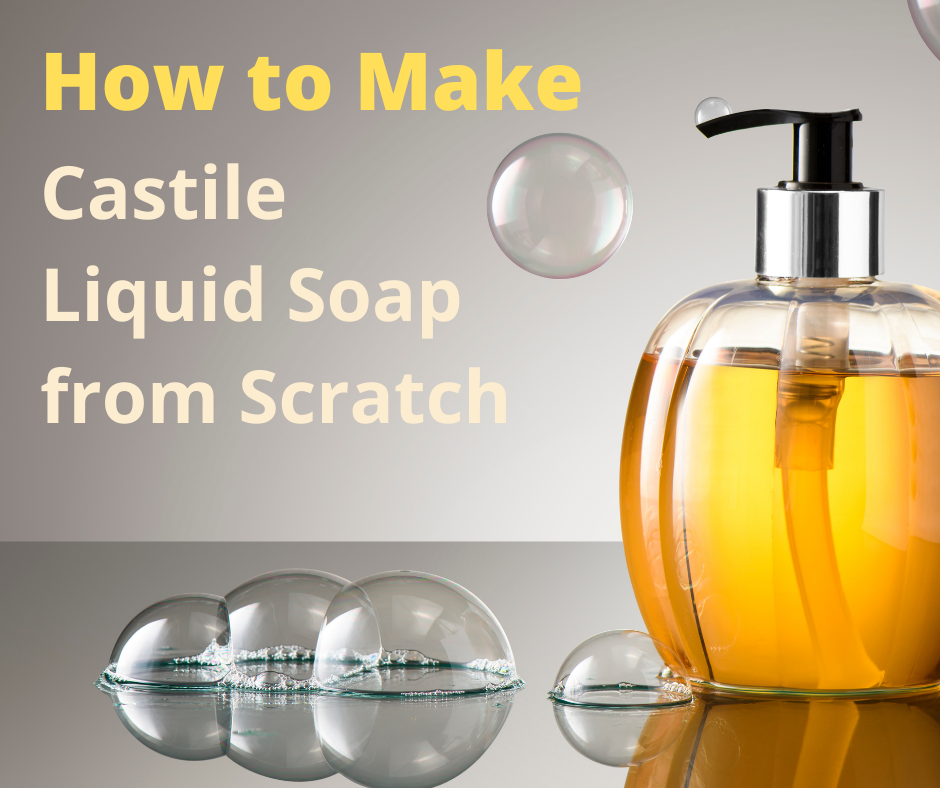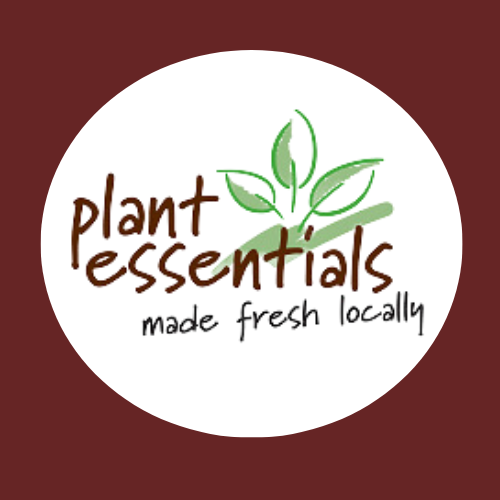
How to Make Castile Liquid Soap using our Five Oil Blend
CASTILE LIQUID SOAP MAKING
Making Castile Soap from scratch is easy when you know how.
Natural soap consists of oils and or fats, water and lye. Other ingredients such as herbs, essential oils and other botanicals can be added and usually are, but they are not necessary to make a pure soap.
Castile Soap derives it’s title from natural hand made soap made in Castile France. It was traditionally made of olive oil, now it can virtually contain any oil, although it is in my opinion nice to nod to the tradition of olive oil in some form if you wish to call it Castile Soap.
Around the world different societies have produced their own soap products from their environment. In Ghana Africa, a traditional soap is produced, called African Black Soap commonly. It’s also referred to as anago soap & alato soap. The predominant oils and fats used to make this soap are coconut oil, palm oil & shea butter.
Castile and African Black Soap styled version of soap use a lye made technically from potassium hydroxide, hard soaps are made using caustic soda lye. Lye is what soponifies (converts) the oils to a soap. At the end of production no lye should exist. Soaps made on a potassium hydroxide are softer and less drying on the skin. Soap made on Caustic Soap create a harder, longer lasting soap.
HOW DO YOU MAKE CASTILE LIQUID SOAP?
The basic concept of making soap is to:
- produce your lye water,
- then blend it with a stick blender into the oil to a certain point,
- then apply heat and more water until a PH of around seven is achieved.
Some soap makers add other ingredients to reduce the PH.
When you add Potassium Hydroxide to your Distilled water, heat will be produced as a bi-product of the reaction. The traditional way to make Castile is to bring the oil temperature up to the temperature of the lye. This is not the only way. Another way is to: Make your lye water ahead, let it drop back down to room temperature then blend these ingredients at room temperature. You can do either way it really doesn’t matter.
Distilled water? Yes, minerals and impurities will alter the way your soap will turn out, distilled water takes out the error potential. It’s also quite acidic, thus brings your PH down quicker in my experience.
WHAT YOU NEED to make 1.6Kg of Castile Liquid Soap
- Five Oil Blend - 372 grams
- Distilled Water 140 grams plus 1 Kg distilled water, plus additional water to finish to weight (you can buy it from the supermarket - or make your own with our Water Distillers
- Potassium Hydroxide 72grams
- A Stick Blender
- A Crock Pot
- Pyrex Jugs (1 x 1Lt, 1 x 500ml)
- Wooden Spoon or a silicon spatula
Safety – Always cover your clothes with protective equipment, wear safety glasses and wear gloves when making castile soap for your safety and protection. Children and Pets should not be in the area while making castile soap or other soaps.
Part 1 - Make the Lye
- Add 140 grams of room temperature water to a glass 500ml pyrex jug,
- Add 72 grams potassium hydroxide to it carefully.
- Stir until dissolved and then let sit to clarify and cool to room temperature
- Watch the instructional video here:
Part 2 - Combine the Oil and Lye
- Add oil blend to 1Lt Pyrex Jug.
- Start blending with stick blender, then add the lye carefully.
- Blend in a pulse fashioned for about 5 minutes. Let sit for 20minutes, then blend for 5 minutes again.
- Watch the instructional video here
Part 3 - Let sit
- Cover pyrex jug of blend with cling wrap and let sit overnight.
- Watch the instructional video here
Part 4 - Start Cooking
- The Next day pour the blend into the cooker, add 1Kg of distilled water, put the lid on cooker and allow Castile to cook out on high until the desired PH of 6.75 to 7.25 is achieved and the oil clarifies.
- Mix with a spatula or wooden spoon every so often and keep covered, allowing the soap to process.
- You can turn this on and off whenever it's not critical to cook continuously. You obviously only want it cooking when you are in the vicinity for safety reasons. This will take around 15 hours cook time in total for this sized batch.
- Watch the instructional video here and here
Part 5 - The End
When it is at the correct PH bracket, and appearance, weigh what you have and then add hot distilled water to bring the total up to 1.6Kg. Put in a sealed container with the date makes on it. Allow it to sit for 1 month before use for best foaming action. As the product ages, it improves.
Watch the instructional video here
- Choosing a selection results in a full page refresh.

4 comments
Vesna
Hi Tony, I am interested in doing some courses such as making Castile Soap from scratch and other courses. Will you be having any courses coming up late 2024? Kind Regards VS
Anonymous
buy cialis online without prescription In 2012 and 2013, a fourth cohort of women aged 18 23, born 1989 1995, was added to the study 45
Anonymous
Hi Priscilla, We don’t receive notifications of comments on the blogs, best to email us :-) toni@plantessentials.com.au
Priscilla Cole
Thank you for this post. I am new to soap making. I tried this recipe for the first time yesterday. Seemed like all went well. It completed about 8 pm. I let it sit in my crock pot with no heat overnight. This morning there was about an inch of oil in the bottom of the pot. Is this normal? Should I remove the oil or just leave in during the dilute process? Thank you for you assistance.